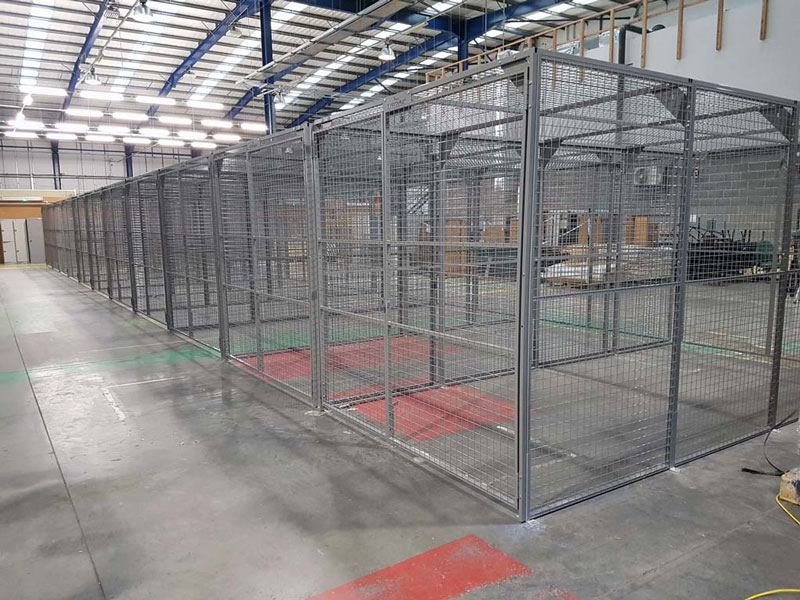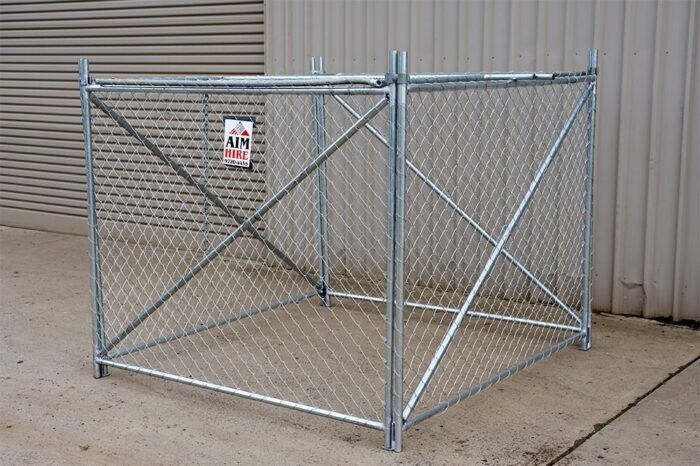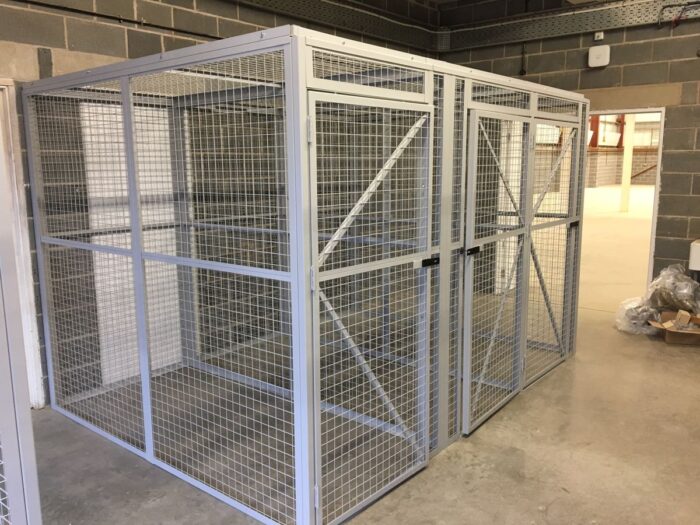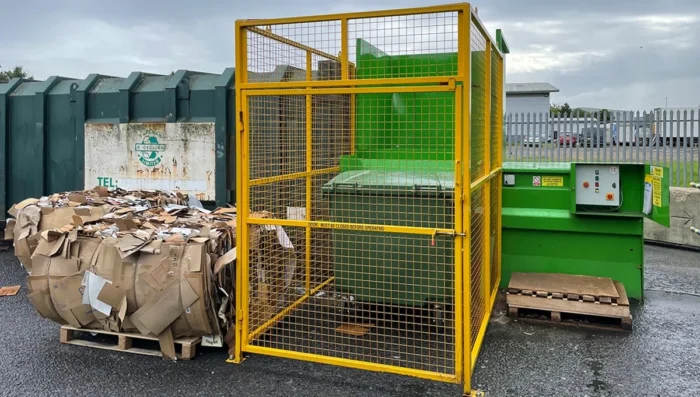
Rubbish cages are a type of storage facility used to store household and construction waste. They provide a secure and safe way to contain items that cannot be easily disposed of or recycled. Rubbish cages are commonly found outside homes, businesses, construction sites and other places where large amounts of waste are generated.
Rubbish cages Melbourne come in various sizes depending on the amount of rubbish that needs to be stored. The most common types are metal or plastic containers with lids that can be locked shut for security purposes. Some also have wheels so they can be moved from place to place if necessary. Rubbish cages typically have a capacity ranging from 1 cubic meter up to 9 cubic meters, which is enough for about one tonne of waste material.
The purpose of using rubbish cages is two-fold: firstly, they help keep areas clean by keeping litter and debris off the ground; secondly, they provide an efficient way to manage large amounts of waste so it can be collected and disposed safely without causing any environmental damage or harm to people’s health.
Rubbish cages should always be placed in areas where they won’t cause any obstruction or unsafe conditions for pedestrians, cyclists or vehicles passing by; this includes ensuring there is enough space around them.
Uses of Rubbish Cages

Rubbish cages are a type of container typically used to store, transport and dispose of waste materials. They are commonly found in industrial, commercial and residential settings where the storage of large amounts of refuse is required. Rubbish cages can come in many sizes and styles to suit a wide range of needs. This article will discuss some common uses for rubbish cages.
In industrial settings, rubbish cages are often used to store hazardous waste such as chemicals or oils that need to be segregated from regular refuse. They provide an easy way for workers to safely handle hazardous materials without risk of contamination or cross-contamination with other types of waste material. In addition, they can also be used as temporary storage locations for items that need to be collected quickly before being disposed off site.
In commercial buildings such as office blocks or retail stores, rubbish cages can be used as a safe and efficient way to store large amounts of refuse until it is collected by the local council’s collection services. This reduces the chances of littering by providing an enclosed bin area where all types of waste can be placed without fear that it will end up on someone’s property or in public areas.
Benefits of Installing Rubbish Cages

Rubbish cages are an ideal way to keep your property safe, secure and hygienic. They’re designed to be installed in commercial or residential properties, providing a secure area for storing rubbish until it can be collected by local authorities. Installing a rubbish cage has numerous benefits, including increased security and safety for your staff, visitors and customers, as well as improved hygiene around the premises.
The primary benefit of installing a rubbish cage is that it provides an extra layer of security for any property. Rubbish cages are generally constructed from metal mesh which is difficult to penetrate or vandalize. This means that any items stored within the cage will remain safe from theft or vandalism until they can be collected by local authorities. The cages also allow for easy access so that staff members can quickly and easily dispose of waste materials without having to leave the premises. As such, this reduces the risk of accidents occurring due to waste being left in public areas or near walkways on your property.
Another key benefit is improved hygiene around the premises when using a rubbish cage. With traditional bins exposing their contents directly into public areas, there’s always a risk that pests such as rats or cockroaches may become attracted to them – resulting in higher levels of contamination.
Different Types and Sizes of Rubbish Cages

Rubbish cages play a vital role in waste management. They help keep rubbish secure, prevent it from spilling out, and provide an efficient way to transport large amounts of waste material. However, not all rubbish cages are created equal; there are several types and sizes available to suit different needs.
The most common type of rubbish cage is the skip bin or mini-skip. These are small metal containers with a hinged lid that can be filled with up to 4 cubic meters worth of waste material at a time. Skip bins come in various sizes depending on their intended purpose; for example, smaller containers may be used for household refuse whereas larger ones may be suitable for commercial purposes such as construction sites or offices requiring regular waste disposal services.
Another type of rubbish cage is the wheelie bin which is often seen outside residential dwellings or workplaces. These bins usually have two wheels attached to them so they can easily be moved around as required and are also available in different sizes ranging from 120L up to 240L depending on the volume of material being collected by local authorities each week.
Wheelie bins can also sometimes have drop-down doors which allow access from both sides making it easier for people without mobility problems to lift heavy items into them without having to strain themselves too much.
Maintenance Requirements for Rubbish Cages
Having rubbish cages in your property is a great way to keep your area organized, free of debris and pests, and looking clean. However, to ensure that these cages remain functional for as long as possible, it’s important to keep up with regular maintenance requirements. Here are some tips on how you can maintain your rubbish cages effectively:
- Check the Hinges Regularly – Over time and with frequent use, the hinges of a rubbish cage can become damaged or worn out. To avoid this problem, check the hinges periodically and lubricate them if necessary. This will help ensure that they remain in good condition and don’t break when they’re needed most.
- Clean Any Rust Buildup – Rust is one of the biggest enemies of metal structures like rubbish cages, so it’s important to check for any signs of rusting on a regular basis. If you do find any corrosion or rust buildup on your cage, use an appropriate cleaner to remove it before it causes further damage.
- Make Sure all Parts are Securely Fastened – Rubbish cages rely on having all their parts securely fastened together in order for them to be effective at keeping out pests and debris from entering your property.
Conclusion
In conclusion, a rubbish cage is an essential piece of equipment for any home or business. It provides a safe and secure way to store and dispose of waste materials, and can help keep your property free from pests. Rubbish cages are also an environmentally-friendly way to handle waste since they reduce the amount of waste that goes into landfills. They can be easily moved around and come in various sizes, making them suitable for different applications.








